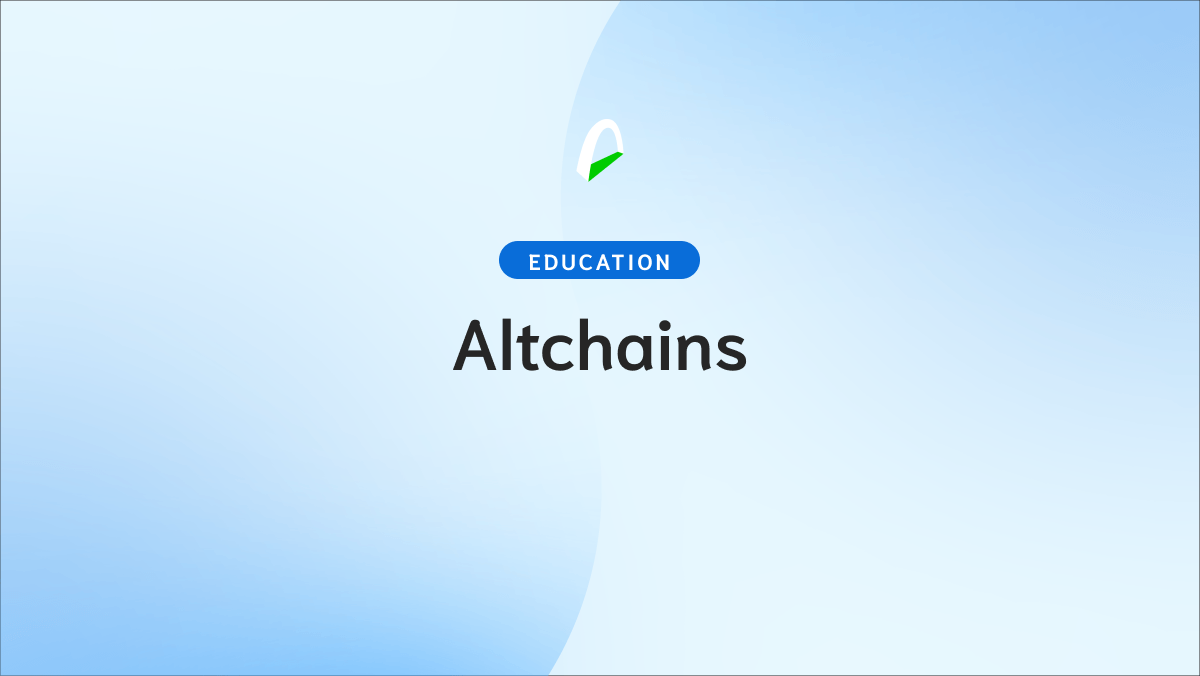Cryptocurrency users are embracing the complex world of DeFi to unlock techniques that can help maximize their profits.
Yield farming is a new way of taking advantage of DeFi technology to maximize returns. By lending and borrowing crypto on decentralized finance platforms, users can access lucrative rewards in cryptocurrency as payment for their services.
Yield farmers looking to maximize their gains may succeed in employing more sophisticated strategies.
To achieve this, they must explore various loan platforms and migrate their cryptos between these services at the proper intervals. This practice has proven its ability to increase yield output significantly.
How does yield farming work?
Investing in yield farming is an effective way for investors to receive a return on their digital assets.
By allocating coins or tokens into decentralized applications (dApps) such as crypto wallets, DEXs, and even decentralized social media platforms, generous rewards can be earned with minimal effort.
Yield farmers are leveraging DeFi protocols and smart contracts to reap financial rewards. By participating in decentralized exchanges, they can take advantage of opportunities like borrowing coins, staking assets, or speculating on price movements - earning interest.
Deep diving into the different types of yield farming
Liquidity providing
By depositing two coins to a DEX, users can provide trading liquidity and receive exchange fees as payment. These fees are often paid out in innovative LP tokens that incentivize further investment into our beloved blockchain-based economy.
Lending
By lending crypto to borrowers through a secure smart contract, token holders have the potential to generate passive income from interest payments conveniently.
Borrowing
Farming on the blockchain just got easier! Farmers can now use their coins as collateral to borrow another, facilitating them to earn yield with borrowed coins while still holding onto and potentially increasing in value over time.
Staking
Staking is an increasingly popular way to gain financial rewards in decentralized finance (DeFi).
Through staking, users can earn a yield on their tokens directly through a proof-of-stake blockchain or by staking liquidity pool (LP) tokens earned from providing DEXs with liquidity. This offers both security and additional earning opportunities for savvy DeFi investors.
How to calculate returns from yield farming
Expected investment returns are expected to be realized over a year, with annualized projections generated as needed.
Annual percentage rate (APR) and annual percentage yield(APY) are commonly used measurements when considering returns on investment.
While APR does not factor in the benefits of compounding — reinvesting gains for larger potential yields – APY assumes this, allowing for more significant return potential down the line.
With yield farming trending across the industry, it is essential to remember that both estimations and projections can be misleading.
Despite slight strategic advantages in the short run, accurately predicting outcomes of this fast-paced sector remains a challenge due to its relentless competition and rapidly changing incentives.
Yield farming is a lucrative endeavor for Farmers who can identify successful strategies; however, success attracts attention and eventually dilutes the profits from such efforts.
As DeFi continues to advance at breakneck speed, traditional methods of estimating market gains, such as Annual Percentage Rate (APR) and Annual Percentage Yield (APY), are becoming increasingly obsolete.
To keep pace with the growth of this dynamic sector, it may be necessary for new generations of profit calculations that measure performance on a much smaller timeline - weekly or even daily expected returns could become essential components in assessing success within DeFi's emerging markets.
What are the most well-known yield farming protocols?
Curve Finance
Curve Finance stands out from the rest with its groundbreaking market-making algorithm.
This strategy has proven highly beneficial to users and liquidity providers alike, resulting in an impressive $19 billion of total value locked throughout the platform - making Curve Finance the largest DeFi platform!
Curve provides a large selection of stablecoin pools with exceptionally high APRs, ranging from 1.9% to 32%.
Slippage and impermanent loss are less likely due to the parity of costs between tokens. However, users should still be aware that any DEX carries temporary losses or smart contract failure risks.
Aave
Aave's growth has been exponential; it is now the world's leading stablecoin yield farming platform, boasting an impressive $14 billion value locked up and a market worth over $3.4 billion.
Aave offers users further incentives to use their network, including rewarding them with the AAVE token. Through this currency, members can enjoy considerable savings on fees and access greater governance voting power.
Uniswap
Uniswap is an innovative DEX system that revolutionizes the traditional method of token exchanges by eliminating trust requirements.
Investors can provide liquidity for a market by investing equal amounts in two tokens and receiving fees from traders who utilize their pool, creating additional income potential without having to trade themselves actively.
Uniswap has become a premier platform for trustless token exchanges, offering friction-free convenience, which is especially beneficial to high-yield agricultural systems.
To take this success even further, the Uniswap DAO launched UNI - its governance token that gives users more control and access than ever before.
What are the risks of yield farming?
Amid volatile markets, yield farming can be a high-risk endeavor, with borrowers and lenders vulnerable to financial loss. Possible pitfalls include slippage of prices and temporary losses that could occur over the course of engaging in this activity.
Regulatory risks
A veil of perplexity still shrouds regulations surrounding cryptocurrency. The SEC has determined that certain digital assets are subject to its authority, thus being capable of regulation; state regulators have acted accordingly by issuing cease and desist orders against centralized crypto platforms such as BlockFi and Celsius Network.
Were the SEC to dub decentralized finance (DeFi) lending/borrowing networks with a securities label, it could significantly perturb these burgeoning ecosystems.
Rug pulls
Crypto investors were especially vulnerable to rug pulls and other exit scams in 2020, with 99% of fraud committed using these schemes during the year's second half.
CipherTrace research reported that developers would only collect investor funds for a project to abscond if they repaid those investments.
Volatility
Yield farmers are no strangers to risk, especially as a volatile crypto market can quickly cause fluctuations in the value of their investments.
With tokens locked up, they must face an unavoidable reality - that wild swings may occur at any moment and significantly impact their bottom line.
In market volatility, liquidity providers may be exposed to the risk of impermanent loss. This is when the value ratio between tokens in the pool shifts due to changing prices, adversely impacting its overall stability.
Smart contract hacks
Yield farming is becoming increasingly popular in the DeFi space, yet it faces several security issues.
Smart contracts that underpin yield farms attempt to mitigate these risks by implementing code vetting and third-party audits; however, hacks within this sector remain regular.






